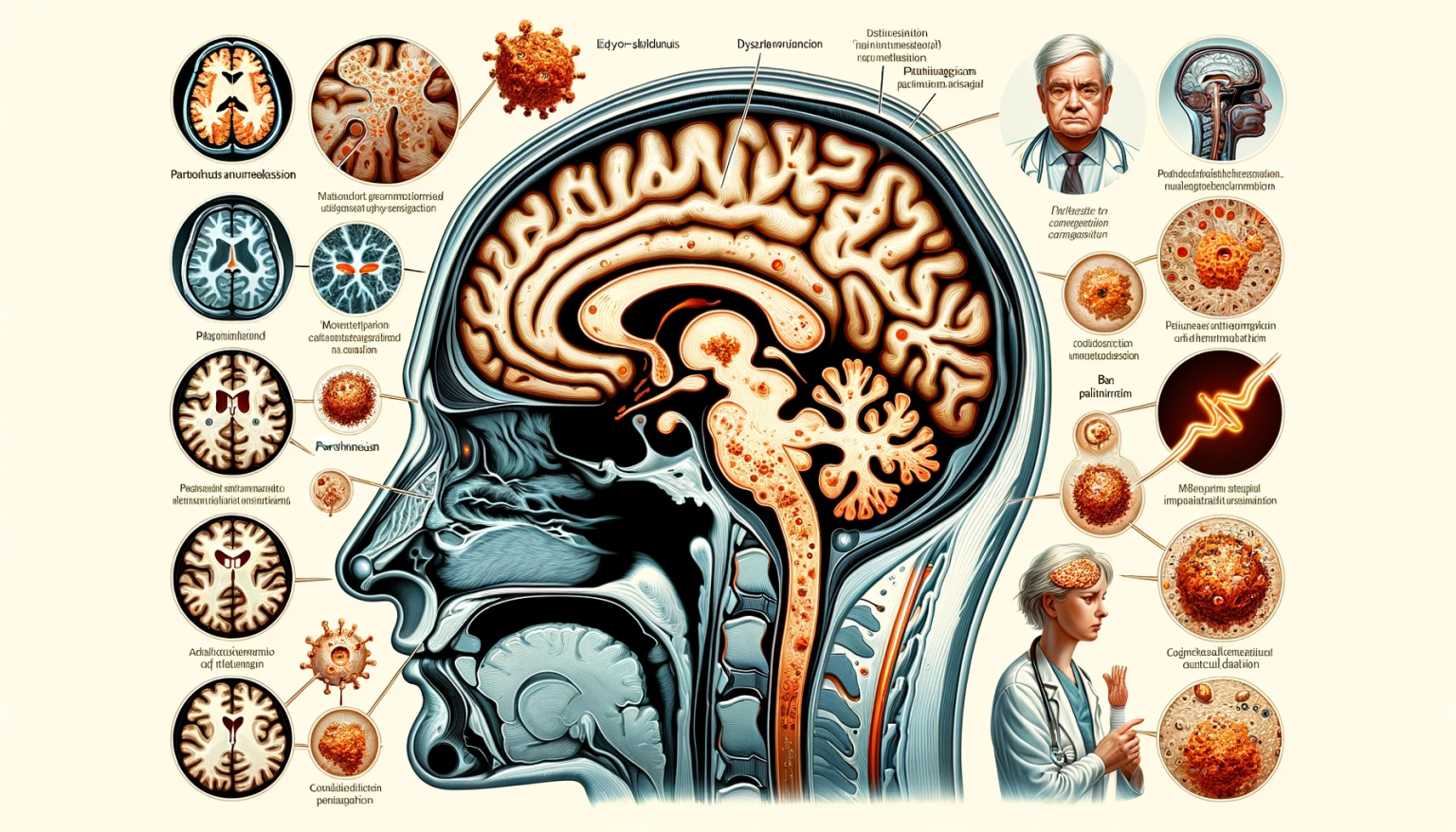Abstract: The pterygopalatine ganglion (PPG), integral to the cranial autonomic pathway, is implicated in various pathologies due to its anatomical and functional complexity. This review aims to elucidate the range of pathologies associated with the PPG, highlighting their etiology, clinical manifestations, diagnostic strategies, and therapeutic approaches.

Introduction: Located in the pterygopalatine fossa, the PPG serves as a relay station in the autonomic nervous system. Its pathologies, though rare, can manifest in diverse clinical syndromes and are often challenging to diagnose and manage.
Etiopathogenesis: PPG pathologies can arise from various etiologies, including traumatic, neoplastic, inflammatory, and idiopathic causes. The ganglion’s close anatomical relationships with the maxillary nerve, sphenopalatine artery, and surrounding structures contribute to the complexity of its pathologies.
Clinical Presentation: Symptoms are often nonspecific but may include facial pain, headache, and autonomic phenomena like lacrimation, rhinorrhea, and facial flushing. Specific syndromes associated with PPG pathologies include Sluder’s neuralgia, cluster headaches, and trigeminal autonomic cephalalgias.
Differential Diagnosis: Differential diagnosis is broad, given the non-specific nature of symptoms. It includes trigeminal neuralgia, sphenopalatine neuralgia, migraines, sinusitis, and tumors of the pterygopalatine fossa.
Diagnostic Approach: Diagnosis is primarily clinical, supplemented by imaging modalities like MRI or CT scans to elucidate structural abnormalities. Nerve block or ablation procedures targeting the PPG can also aid in diagnosis.
Management: Treatment strategies are contingent on the underlying etiology. Pharmacotherapy with analgesics, corticosteroids, or anticonvulsants may be employed. Interventional approaches like PPG block, radiofrequency ablation, or surgical interventions are reserved for refractory cases.
Conclusion: PPG pathologies, while uncommon, present a diagnostic and therapeutic challenge due to their varied etiologies and clinical presentations. An in-depth understanding of the ganglion’s anatomy and associated disorders is essential for effective management.








